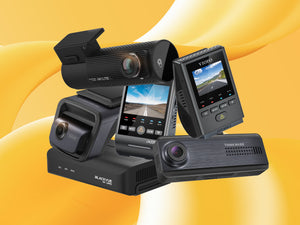If the EV has stopped, then the best option is to call for roadside assistance. Several providers have vehicles equipped to facilitate as much as ten minutes of fast charging, enough to get you to a charging station. However, even without this equipment, the assistance vehicle should be able to carry your vehicle on a flatbed to a charging point.
Do keep in mind that many manufacturers do not recommend towing an EV as the car's electric motor is mechanically linked to the wheels and can't be placed in neutral. Towing can cause damage to the car's powertrain.
Under normal circumstances, you are highly unlikely to run out of charge on your EV because of the sophisticated and insistent warning systems. You will have ample opportunity to find a charging station before their battery goes dead. As charging point infrastructure grows and battery technology advances towards longer ranges, this problem is unlikely to become a matter of much concern.





